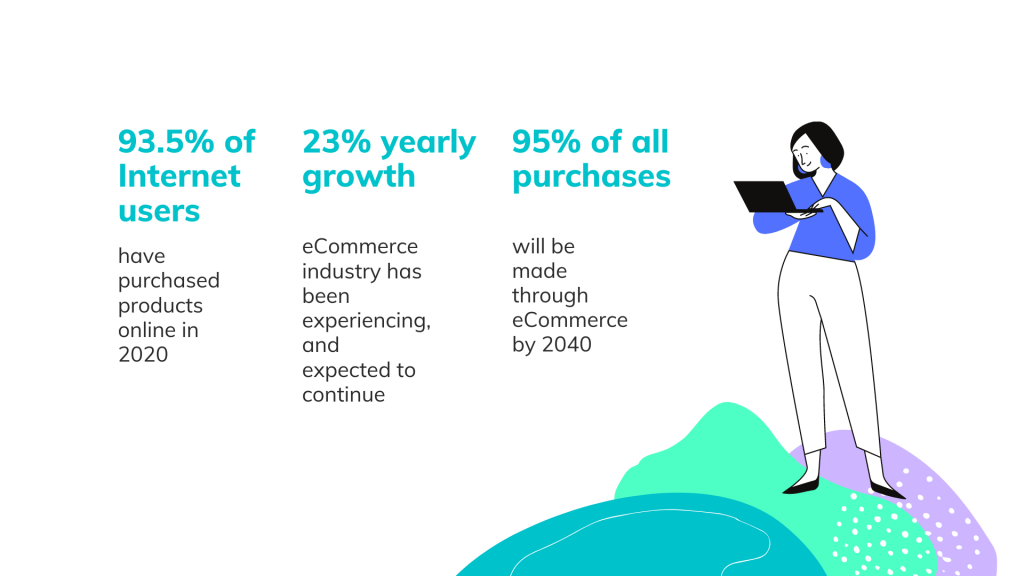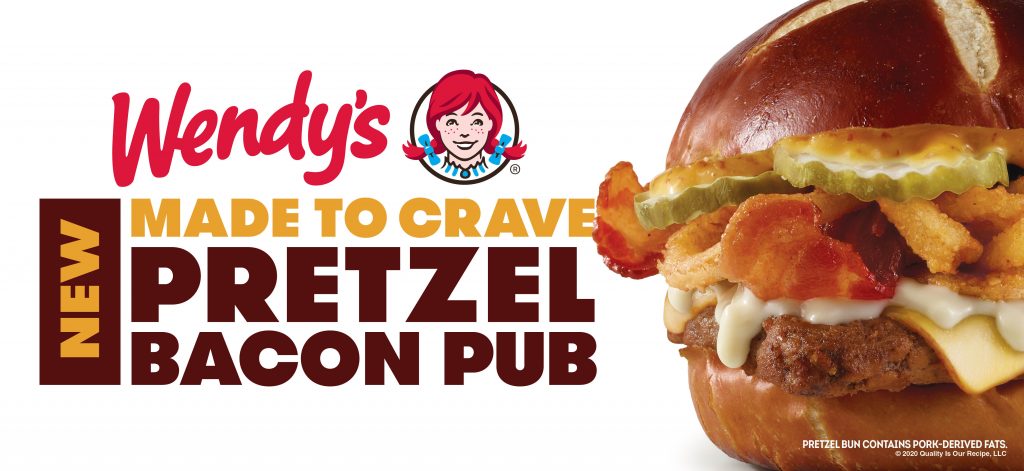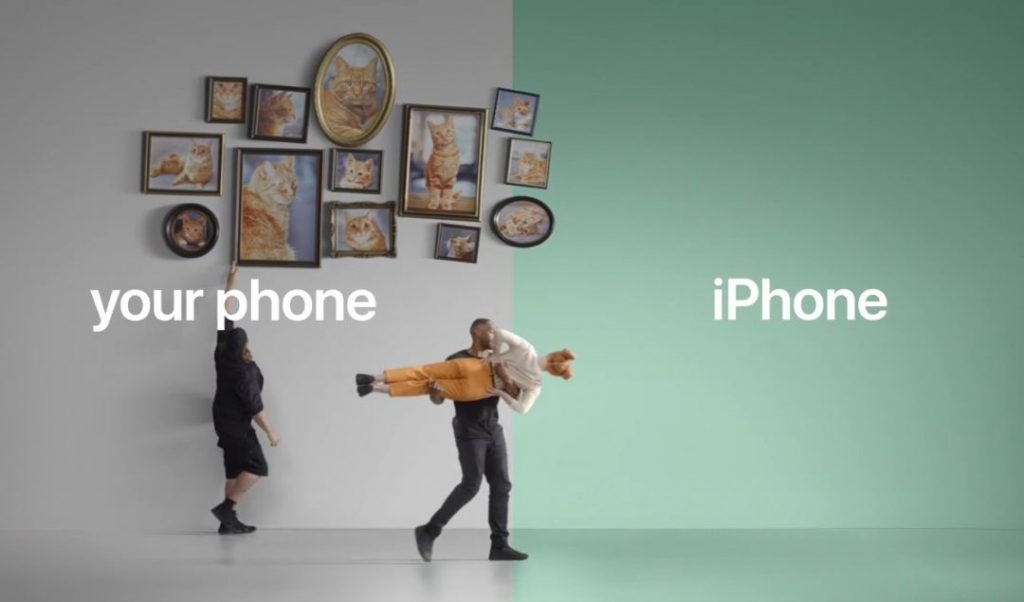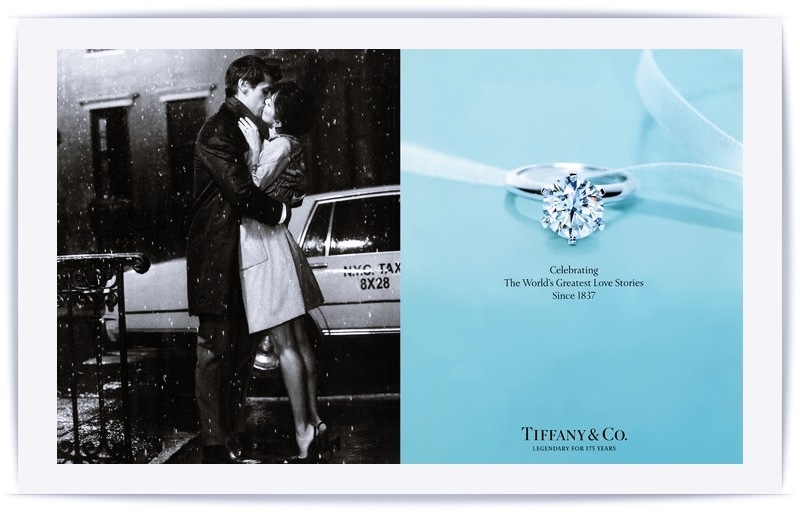How to Create Engaging Content for eCommerce

Contents:
- Why content marketing is the main means of selling
- Know your audience
- How to present the product best
- Why should they buy from you
- Importance of visual effects in content marketing for eCommerce
- Main mistakes businesses make and how to avoid them
- Examples of good content marketing
- Basic SEO content strategies for eCommerce websites
Online shopping has been as popular as regular offline retail for some time now, but the COVID-19 pandemic has shifted the focus toward eCommerce - indefinitely.

One of the main issues with buying items on the Internet for users is being unable to see them in person or try the thing on, which creates issues with building trust towards an unfamiliar product.
Therefore, text and visual content become the main tool for creating a narrative, painting an irresistible image of your items, forming the brand identity, and convincing visitors to make a purchase.
Even though content marketing is a complex and involved activity, best performed by dedicated specialists, we’d like to shed some light on what good content is and keep you informed about how it comes to life.
Why Content Marketing Is the Main Means of Selling
Obviously, as the market becomes more and more saturated with all types of companies in every eCommerce niche, you’re bound to face distrust from potential customers due to their previous negative experiences.
As opposed to shopping at a mall or an offline store, there’s more suspicion involved, and unfortunately, no way of offering the buyer a try-on - at least yet.
Consequently, we need to focus heavily on creating quality content that can put their minds at ease. This includes:
- Informative descriptions and clear product data
- Attractive visual aid in the form of pictures
- Cohesive aesthetic and brand voice
- And most importantly - copy that works well at building that connection with the shopper.
All of these work together to form an irresistible first impression that leaves no doubt - buying from you is safe, easy, and rewarding.
Know Your Audience
To produce content that hits the spot, you need to be well-versed in how your customer thinks, behaves, and “looks” like.
Copy must resonate with the specific type of person (or several types) you expect to get excited about your product.
Different age groups, genders, interests, and visions come into play when building that portrait of the ultimate buyer, and anything you’re going to produce for your website needs to speak to them.
How to Present Your Product Best
All items and goods have their main selling points and probable shortcomings that the platform needs to remediate.
Your mission is to present the product in a way that accentuates its strong side and averts attention from less-than-desirable aspects.

Why Should They Buy From You (Unique Value)
If you’re not selling a revolutionary product exclusively through your platform, there’s always a chance the competition will make a more enticing offer to potential customers.
As a result, you’re put in a situation where you need to make the product desirable and state clearly why your website is the best option out there.
Some tricks to attract buyers are more widespread (free shipping, discounts), and some are used way less (bonuses, gifts, brand prestige, and identity).
The Importance of Visual Effects in Content Marketing for eCommerce
The power of visual effects in eCommerce cannot be overstated. Integrating images, videos, and other visual elements in content marketing enhances customer engagement and drives sales. This is particularly crucial in an online shopping environment where customers cannot physically interact with products. Visuals serve as a critical bridge, offering a tangible sense of the product and its benefits.
Engaging Customers Through Visual Storytelling
Visual storytelling is an effective strategy in eCommerce content marketing. By using compelling visuals, brands can tell engaging stories that resonate with their audience. This approach captures the attention of potential customers and helps build a deeper connection with the brand. Visuals, when used effectively, can convey complex ideas simply and memorably, making them a powerful tool for influencing purchasing decisions.
Enhancing User Experience and Confidence
The use of high-quality images and videos significantly enhances the user experience. It gives customers a clearer understanding of the products, helping them make informed decisions. This clarity boosts customer confidence in the product and the brand, thereby increasing the likelihood of a purchase. Visuals also break the monotony of text-heavy content, making the browsing experience more enjoyable and engaging.
Driving Sales and Conversion
Visual effects directly impact sales and conversion rates in eCommerce. They play a crucial role in showcasing products attractively and realistically, which can significantly influence buying behavior. By providing customers with a visual representation of what they are purchasing, eCommerce sites can effectively reduce the uncertainty and hesitation often associated with online shopping. This leads to higher conversion rates and increased sales.
Mistakes Businesses Make and How to Avoid Them
Dry technical copy that doesn’t attempt to convey the brand identity or convince the visitor to buy
Solution: Make not just text but a story that evokes emotion in the customer and brings them closer to the brand. This can be achieved both through long-form blog content or social media posts. You can use not only the technical knowledge associated with your product but also tell the story of a brand, its founders, individual employees, or simply inspiring personalities. Also, to find content for your e-commerce blog, you can explore popular topics for the cultural agenda and integrate them into your marketing strategies.
Leaving out item descriptions like contents, materials, specs, and more
Solution: In the absence of the opportunity to see the product offline, clients usually have strong doubts before purchasing. You need to ensure them with the most detailed visual and text presentation of the product. It is important to present all the small details and variations of the item, describe all its qualities and characteristics in the copy, and even attach video content.
Lack of actionable content
Solution: Always ask yourself why you are creating each piece of content, what client’s problem does it solve, what action the client is supposed to come to.
The advertisements released must contain strong slogans that relate to the needs and feelings of the target audience.
The site should contain strong CTAs and various interactive features such as quizzes, tests, polls, and feedback forms.
Using only one type of content
Solution: Don't forget to mix content forms and approaches. This is the only way how unique ideas are born. Engage as many platforms as possible that your audience can use - not only the website but also various social networks. Different social networks require different formats - texts and videos of different lengths, pictures of different formats, and content.
Examples of Engaging Content
- Wendy's: visuals and copy that speak to the hungry customer

- Apple iPhone: establishing an image that it's a definite upgrade, the best phone out there that'll change your life

- Tiffany's: your love story in a ring, become a part of their romantic image

Basic SEO Content Strategies for eCommerce Websites
Understanding and Researching Keywords
Keywords are the foundation of SEO. It's crucial to understand the search queries your potential customers use. This includes focusing on long-tail keywords, which are less competitive and more specific, making them ideal for e-commerce sites with lower domain authority or in competitive niches.
On-Page Optimization
This involves optimizing the content and structure of your website. Ensure that product descriptions are unique and engaging, and use your target keywords effectively. This not only helps in ranking but also in improving the user experience and conversion rates.
Prioritize Store Navigation and User Experience
A user-friendly website, especially on mobile devices, is essential. Easy navigation and a smooth path from the homepage to checkout can improve both user experience and SEO.
Leverage Content Marketing
Use your blog to target long-tail keyword variations related to your products and categories. This can include product reviews, how-to articles, and other relevant content that can drive traffic and support your main product pages.
Technical SEO and Mobile Optimization
Ensure your website is technically sound and optimized for mobile devices. This includes improving site speed, ensuring mobile responsiveness, and implementing structured data.
Encourage Customer Reviews and Engagement
Reviews not only provide social proof but also contribute to SEO through fresh, unique content.
Regularly Update and Refine SEO Strategies
SEO is an ongoing process. Regularly update your strategies based on changing trends, search engine algorithms, and the performance of your current tactics.
